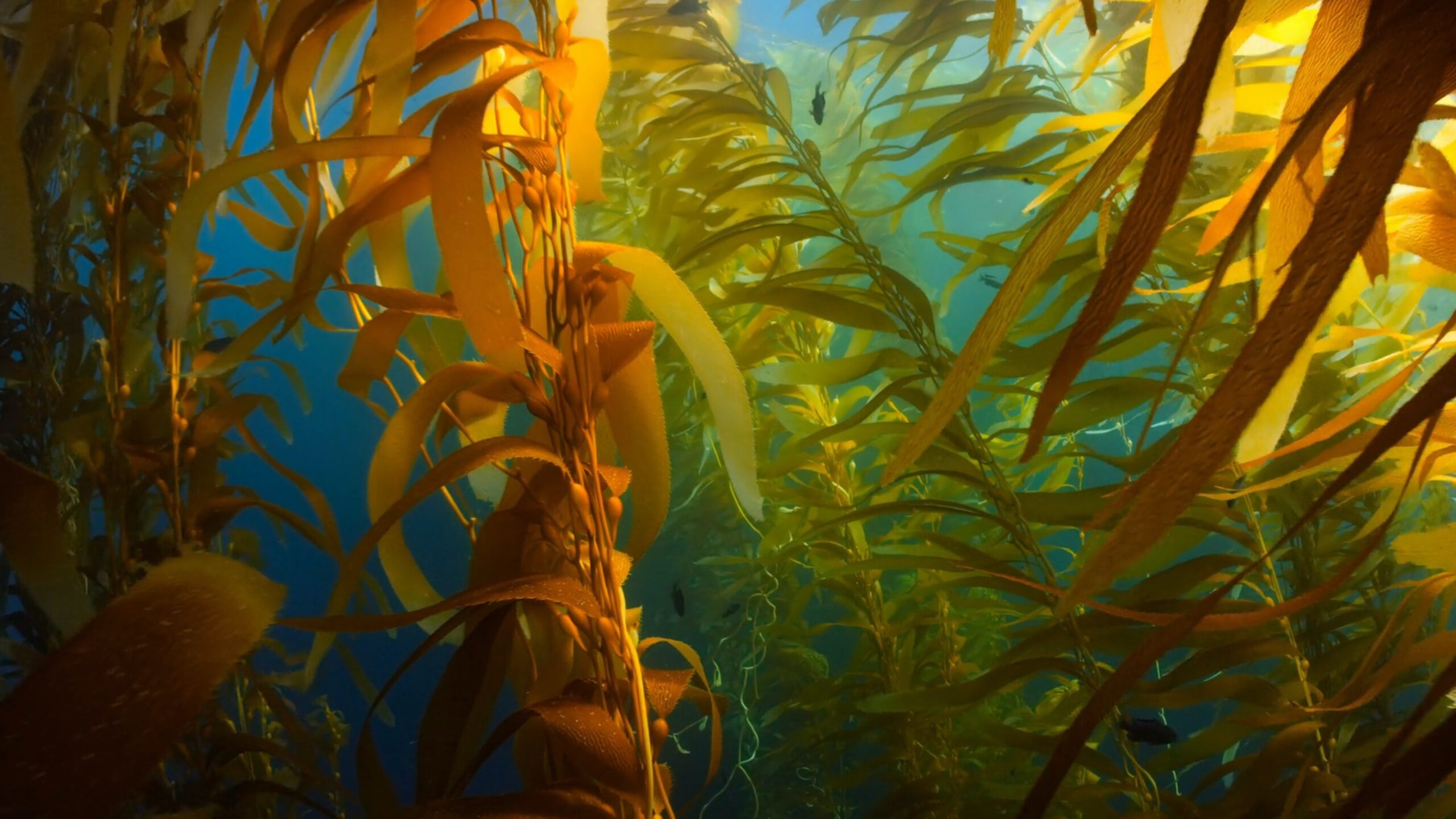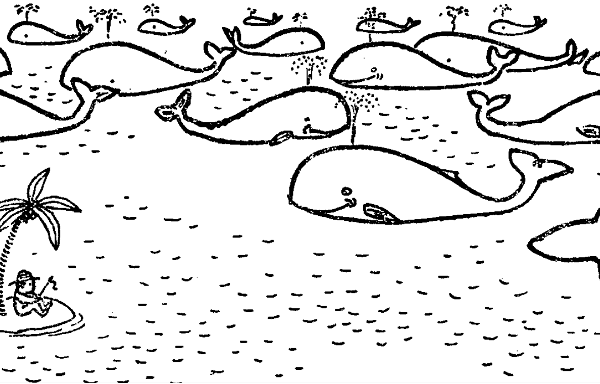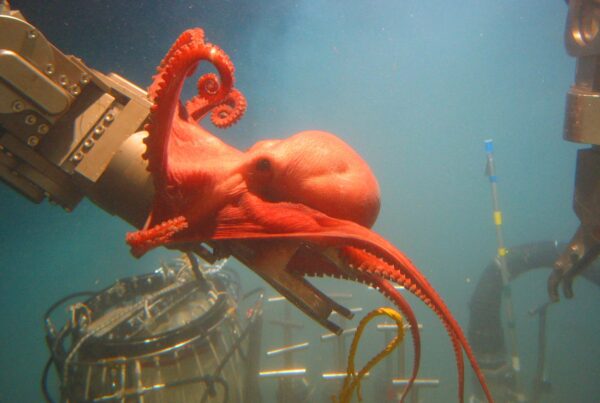There is a fever crisscrossing Chile’s extensive coastline—the fever of algae extraction.
According to data, in 2021 more than 410,000 tons of different species of macroalgae (commonly known as seaweed or kelp) were extracted in Chile (SERNAPESCA, Anuario Estadístico 2021), a quantity that accounts for “88% of the total seaweed harvest in Latin America” (Alemañ, Robledo, and Hayashi 2019) and representing more than 10% of worldwide landings of certain groups, such as brown macroalgae (González-Roca et al. 2021, p.2). The high prices these seaweeds have attracted in recent years in international markets (especially in Asia)—mainly due to its usage to produce polymers such as alginate—have provided a sorely needed source of income for many coastal communities facing the collapse of fisheries. Accordingly, seaweed extraction has become a central economic activity for many coastal communities all over the country.
However, such “seaweed fever” (Porras 2019) has produced several unwanted ecological and social effects. In contrast with other major producers in Asia—in which farmed seaweed represents most of the landings—in Chile, most macroalgae is extracted directly from its natural banks. More critically, its current high prices “have incentivized a shift in the traditional way of extracting brown macroalgae from passive collection of stranded specimens to direct harvest” (González-Roca et al. 2021), especially the highly damaging method known as “barreteo” (pruning), or the direct extraction of whole plants from the seabed.
The scale of the process and the use of damaging methods has resulted in massive reductions in some seaweed forests all along the Chilean coast (Westermeier et al. 2017; Gouraguine et al. 2021). Given the position of such macroalgae as basis of multiple marine ecosystems, their collapse “has also had deleterious effects at the ecosystem level” (Berrios et al. 2022, 7). Regarding its economic rationale, the Chilean seaweed industry operates in a quintessential extractivist mode (Porras and Vásquez 2020) in which a handful of large (mostly foreign) companies accumulate most of the profits, while the people who directly collect/extract seaweed receive modest earnings, face many risks (especially divers), and have no access to any form of social security. Additionally, most macroalgae is exported as raw material, so the earnings derived from its final processing are accumulated elsewhere. Not unlike a wildfire, Chilean algal fever is leaving behind a landscape of desolation and despair.

Image: Oleksandr Sushko
References
Alemañ, Alejandro Espi, Daniel Robledo, and Leila Hayashi. 2019. “Development of Seaweed Cultivation in Latin America: Current Trends and Future Prospects.” Phycologia 58 (5): 462–71. https://doi.org/10.1080/00318884.2019.1640996.
Berrios, Fernando, Jorge E. González, Leonardo Campos, Daniel E. Campbell, and Estefanía Bonnail. 2022. “Brown Algae (Lessonia Nigrescens, Species Complex) Fisheries of Northern Chile Evaluated through the DPSIR Approach: Social and Economic Impact of Management Strategies.” Ocean & Coastal Management 224 (June): 106198. https://doi.org/10.1016/j.ocecoaman.2022.106198.
González-Roca, F., S. Gelcich, A. Pérez-Ruzafa, J.M. Vega, and J. Vásquez. 2021. “Exploring the Role of Access Regimes over an Economically Important Intertidal Kelp Species.” Ocean & Coastal Management 212 (October): 105811. https://doi.org/10.1016/j.ocecoaman.2021.105811.
Gouraguine, Adam, Pippa Moore, Michael T. Burrows, Eliana Velasco, Luis Ariz, Luis Figueroa-Fábrega, Rodrigo Muñoz-Cordovez, Italo Fernandez-Cisternas, Dan Smale, and Alejandro Pérez-Matus. 2021. “The Intensity of Kelp Harvesting Shapes the Population Structure of the Foundation Species Lessonia Trabeculata along the Chilean Coastline.” Marine Biology 168 (5): 66. https://doi.org/10.1007/s00227-021-03870-7.
Porras, Raúl Márquez. 2019. “LA FIEBRE DE LAS ALGAS. FORMA Y DINÁMICAS DEL EXTRACTIVISMO EN LA COSTA CHILENA.” Revista Andaluza de Antropología, no. 17 (September): 52–71. https://doi.org/10.1279/RAA.2019.17.03.
Porras, Raúl Márquez, and Julio A. Vásquez. 2020. “El Extractivismo de Las Algas Pardas En El Norte de Chile.” European Review of Latin American and Caribbean Studies / Revista Europea de Estudios Latinoamericanos y Del Caribe, no. 110: 101–21.
Westermeier, Renato, Pedro Murúa, David J. Patiño, and Dieter G. Müller. 2017. “Population Biology and Long-Term Mariculture Studies in the Brown Alga Lessonia Trabeculata in Atacama, Chile.” Journal of Applied Phycology 29 (5): 2267–75. https://doi.org/10.1007/s10811-016-1019-9.


